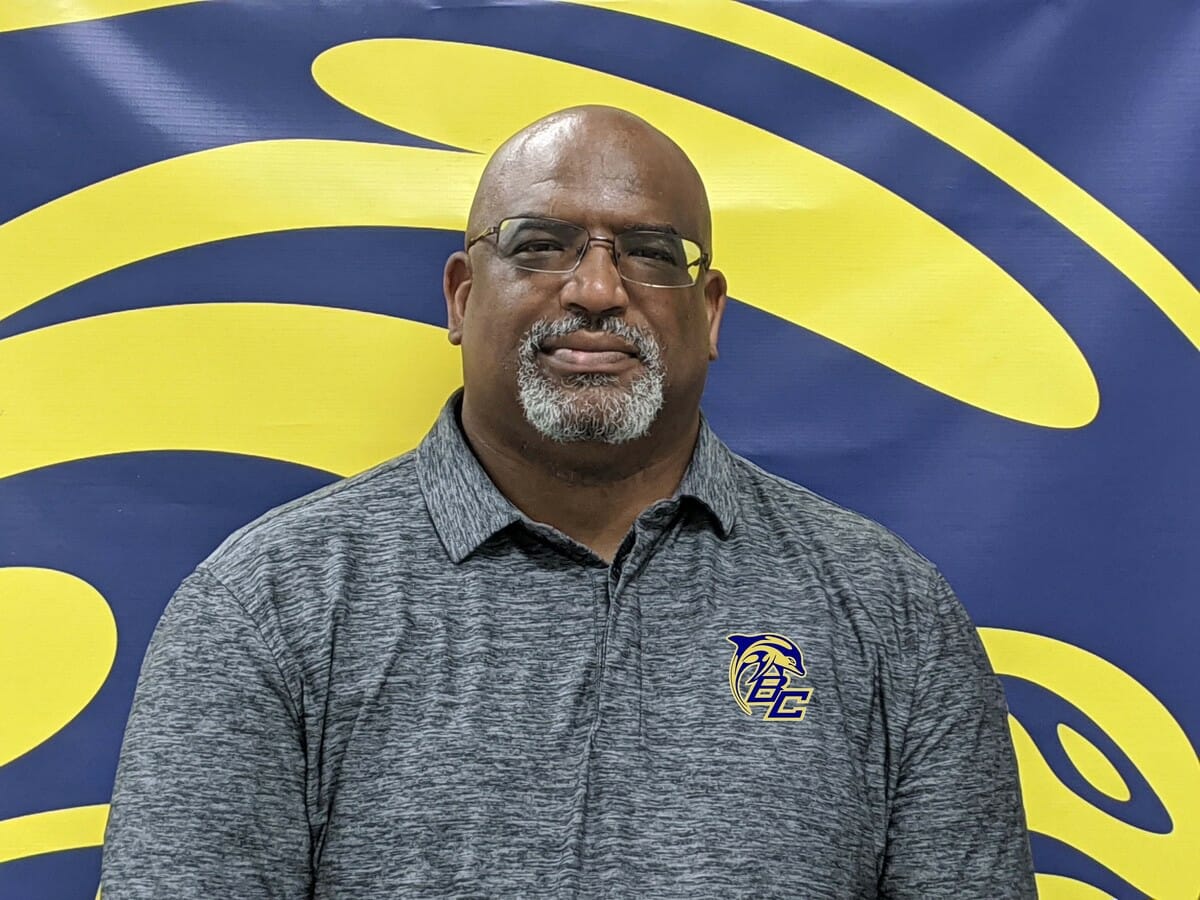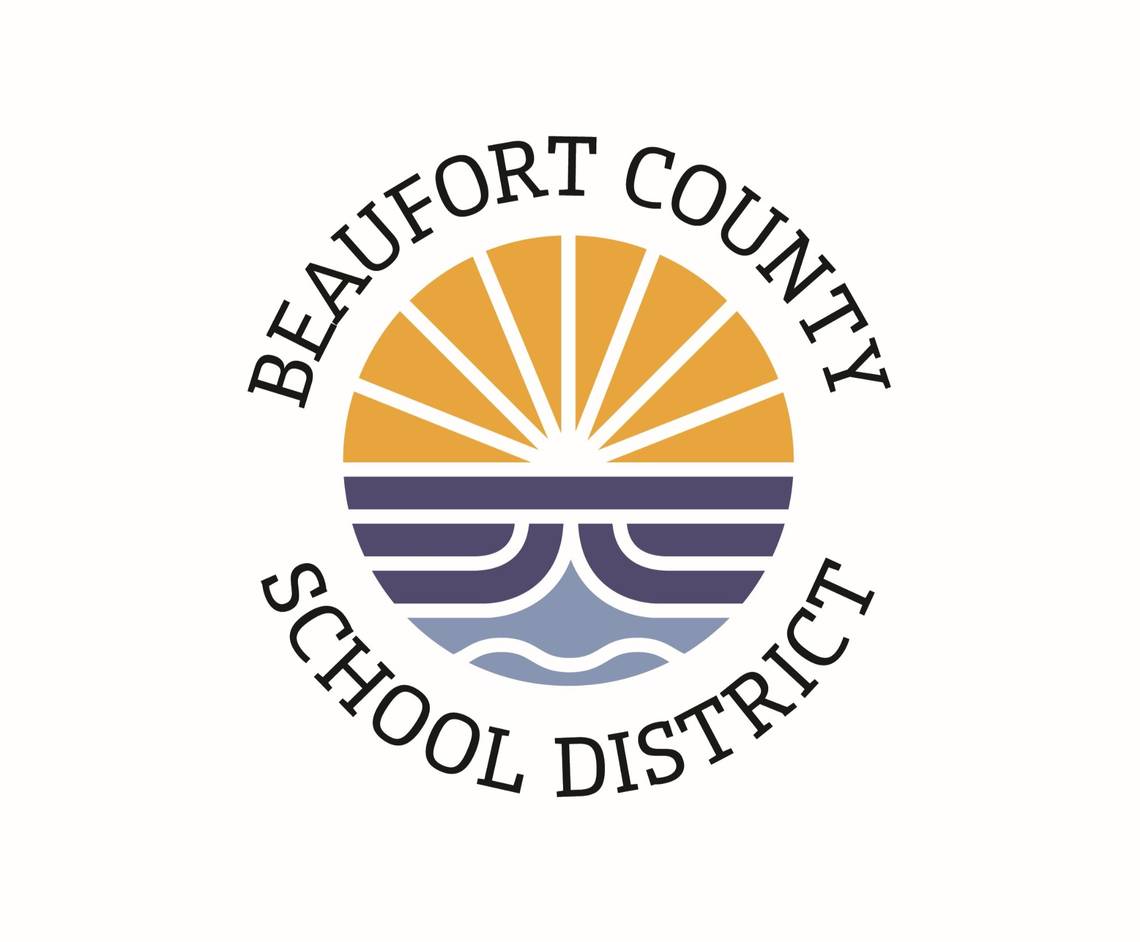From staff reports
The Beaufort County Board of Education has approved architects for two major referendum projects as well as construction companies for renovations at 20 additional schools.
The Board approved Charleston-based LS3P Associates LTP to design Robert Smalls International Academy’s replacement building, and West Columbia-based Jumper Carter Sease Architects to design renovations at Battery Creek High Schools.
“These are two major projects resulting from the referendum approved by voters in November,” Superintendent Frank Rodriguez said in a release. “The new building for Robert Smalls is the referendum’s single biggest project, and it’s something that will be a leading fixture in the community for decades to come. Battery Creek’s renovations will modernize the entire high school and its athletic facilities.”
The Board also has approved guaranteed maximum prices for four construction companies to do renovations at 20 schools:
Thompson Turner Construction will build, for a guaranteed maximum price of $14.6 million, projects at Broad River Elementary, Coosa Elementary, Lady’s Island Middle, Mossy Oaks Elementary, Beaufort High, St. Helena Early Childhood Center, Whale Branch Early College High and Right Choices.
Contract Construction will build, for a guaranteed maximum price of $5.7 million, projects at Whale Branch Elementary and Whale Branch Middle.
H.G. Reynolds Co., Inc. will build, for a guaranteed maximum price of $18.2 million, renovations at Beaufort Elementary.
M.B. Kahn Construction Co. will build, for a guaranteed maximum price of $12.8 million, projects at Bluffton Elementary, Bluffton Middle, H.E. McCracken Middle, Hilton Head Island Early Childhood Center, Hilton Head Island Elementary, Hilton Head Island School for the Creative Arts, Hilton Head Island Middle, Hilton Head Island High and Okatie Elementary.
The summer projects are related to safety/security, technology upgrades, playground improvements at some schools and athletic facilities improvements at others.
Architectural and construction firms competed for the referendum work by submitting proposals. Finalists were interviewed, and their proposals were independently evaluated and scored by review panels composed of school principals, community members and district staff.
Competing firms were scored on numerous criteria that included such areas as past performance, personnel qualifications, demonstrated ability to complete projects on time and on budget, and related experience on similar projects.






